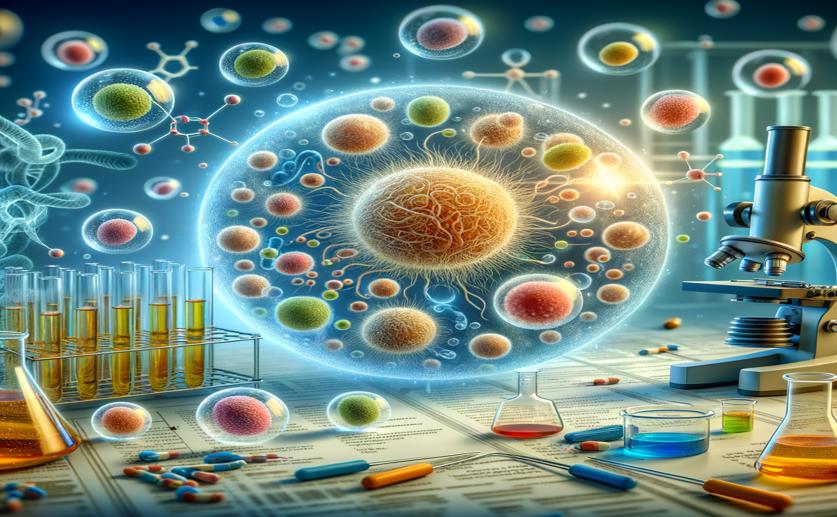
Creating Useful Chemicals with Genetically Modified Yeast
Jim Crocker
10th September, 2024

Image Source: Natural Science News, 2024
Key Findings
- The study by RIKEN focused on enhancing (R)-citramalate production in the yeast Saccharomyces cerevisiae
- Researchers inhibited the transport of key metabolites to mitochondria to increase their cytosolic concentrations
- The engineered yeast strain produced 16.5 mM (R)-citramalate, the highest reported production to date
References
Main Study
1) Production of (R)-citramalate by engineered Saccharomyces cerevisiae.
Published 9th September, 2024
https://doi.org/10.1016/j.mec.2024.e00247
Related Studies
2) Directed evolution of Methanococcus jannaschii citramalate synthase for biosynthesis of 1-propanol and 1-butanol by Escherichia coli.
3) Functional expression and evaluation of heterologous phosphoketolases in Saccharomyces cerevisiae.
4) Regulation of mitochondrial pyruvate uptake by alternative pyruvate carrier complexes.



 13th July, 2024 | Greg Howard
13th July, 2024 | Greg Howard